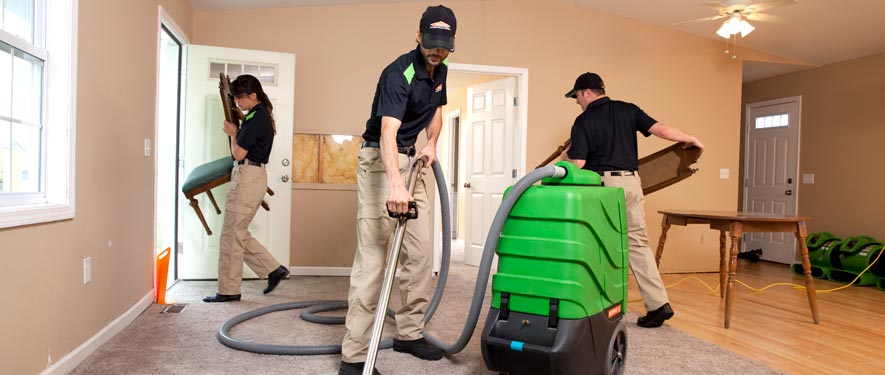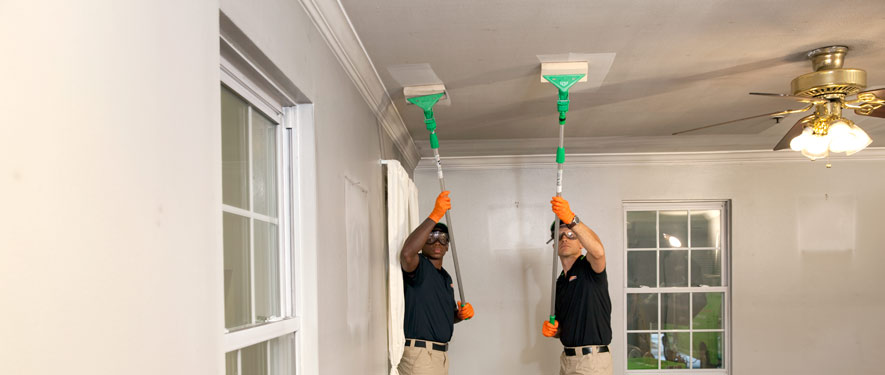Introduction
When you think about the safety of your home, fire and water might not be the first threats that come to mind. However, they are indeed the twin culprits that can wreak havoc on your sanctuary. From catastrophic fires that can reduce a beloved space to ashes, to water damage that can lead to mold growth and structural issues, fire and water are formidable adversaries. In this comprehensive guide, we’ll dive deep into understanding these threats, their implications for your home, and how you can effectively combat them.
Fire and Water: The Twin Threats to Your Home and How to Combat Them
Understanding Fire Damage
What Causes Fire Damage?
Fire damage can stem from a variety of sources:
- Electrical Malfunctions: Faulty wiring or overloaded circuits. Cooking Accidents: Unattended stoves or ovens. Heating Equipment: Improperly maintained furnaces or space heaters. Candles: Leaving burning candles unattended.
Each of these causes has its own set of risks and preventive measures.
Signs of Fire Damage
Identifying fire damage early is crucial for effective remediation. Look for:
- Charred areas on walls Smoke stains on ceilings or walls A lingering burnt smell Peeling paint or wallpaper
If you notice any of these signs, it’s essential to act quickly.
The Impact of Fire Damage
Structural Concerns
Fire doesn’t just burn; it compromises the very structure of your home. Even minor fires can weaken beams and walls.
Emotional Toll
The aftermath of a fire is often traumatic. Loss of belongings and the sense of security can lead to emotional distress.
Water Damage Explained
Common Causes of Water Damage
Water damage is often less visible but equally detrimental:
- Leaky Pipes: Aging plumbing can lead to slow leaks. Floods: Heavy rains or natural disasters can inundate homes. Broken Appliances: Dishwashers or washing machines can malfunction.
Identifying Water Damage
Warning Signs
You may notice:
- Stains on ceilings or walls Peeling paint Mold growth in damp areas Musty odors
Identifying these signs early helps prevent further Storm damage repair Auburn damage.


The Consequences of Water Damage
Structural Integrity
Like fire, prolonged water exposure weakens structures over time. It can rot wood, corrode metals, and compromise foundations.
Health Risks
Mold remediation becomes vital when dealing with water damage. Mold spores can cause respiratory issues, allergies, and other health problems.
The Connection Between Fire and Water Damage
How They Intersect
It may seem surprising, but fire and water can be interconnected. For example:
Firefighting Efforts: While firefighters save lives and property from flames, they also introduce vast amounts of water into the equation. Water Systems Compromise: Areas damaged by fire may have compromised plumbing systems leading to leaks post-fire.Combating Fire Damage
Prevention Tips
To minimize the risk of fire damage:
Install smoke detectors in every room. Keep flammable materials away from heat sources. Have an escape plan in place.Remediation Steps After a Fire
The first step post-fire is contacting professionals for assessment:
Identify structural damages. Remove burnt materials safely. Clean soot and smoke residues.Combating Water Damage
Prevention Strategies
To ward off potential water https://www.servproauburnenumclaw.com threats:
Regularly inspect plumbing systems for leaks. Maintain gutters and downspouts properly. Utilize sump pumps in flood-prone areas.Remediation Process
After identifying water damage:
Identify the source of moisture. Remove standing water promptly. Dry affected areas using fans or dehumidifiers.Mold Remediation Basics
Why Mold Is Dangerous
Mold thrives in damp environments created by both fire-fighting efforts and prolonged moisture exposure from leaks or floods.
Steps for Effective Mold Remediation
Identify affected areas through inspection. Contain the mold-spread area using plastic sheeting. Use commercial products designed for mold removal.Creating a Comprehensive Emergency Plan
Preparing for Emergencies
A well-rounded emergency plan ensures you're ready for both fire and water incidents:
Develop an evacuation route that includes all family members. Keep emergency numbers handy (fire department, plumber). Consider a backup power supply during storms.Insurance Considerations
Types of Coverage
Homeowners insurance typically covers fire damage but may vary regarding water damage caused by floods versus plumbing failures.
| Type | Typically Covered | Notes | |--------------------|-------------------|----------------------------| | Fire Damage | Yes | Often includes rebuilding | | Water Damage | Sometimes | Check policy specifics | | Flooding | No | Requires separate coverage |
Make sure you know what is covered under your policy!
Understanding Local Regulations
Fire codes vary by region; be familiar with local laws regarding smoke alarms, sprinkler systems, building materials—these regulations help keep homes safer!
Community Resources
Many communities offer resources such as workshops on fire safety or how to handle emergencies effectively—take advantage!
FAQs about Fire and Water Threats
Q1: What should I do immediately after experiencing fire damage?
A1: Evacuate everyone from the premises first! Once safe, call emergency services before assessing damages cautiously if it's safe to Commercial water damage restoration Auburn do so.
Q2: Can I prevent mold after experiencing water damage?
A2: Yes! Act quickly by drying out affected areas within 24 hours using fans/dehumidifiers along with removing wet materials!
Q3: How do I know if my insurance will cover my damages?
A3: Review your insurance policy documents carefully; speak directly with agents about coverage specifics related specifically towards both types!
Q4: What's the best way to prepare my home against fires?
A4: Regularly check smoke detectors/ replace batteries annually while keeping flammable items away from heat sources! Ensure escape plans are practiced too!
Q5: Why is professional help necessary in mold remediation?
A5: Professionals possess equipment & expertise required ensuring all traces are eliminated without further contaminating air quality during cleanup efforts!
Q6 How long does it take for mold growth after water exposure?
A6 It generally takes around 24 hours under optimal conditions - hence prompt action reduces risks significantly!
Conclusion
In conclusion, "Fire and Water: The Twin Threats to Your Home and How to Combat Them" serves as an essential reminder that vigilance is key when protecting one’s abode against unforeseen calamities like fires & floods! By educating ourselves on causes/impacts while implementing preventive measures/remediation plans—homeowners empower themselves—transforming potential tragedy into resilience! Remember—the safety net starts at home; let’s secure our spaces together!